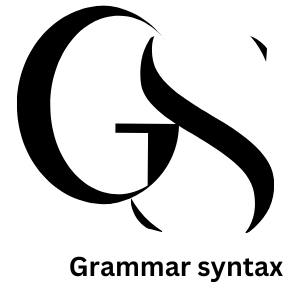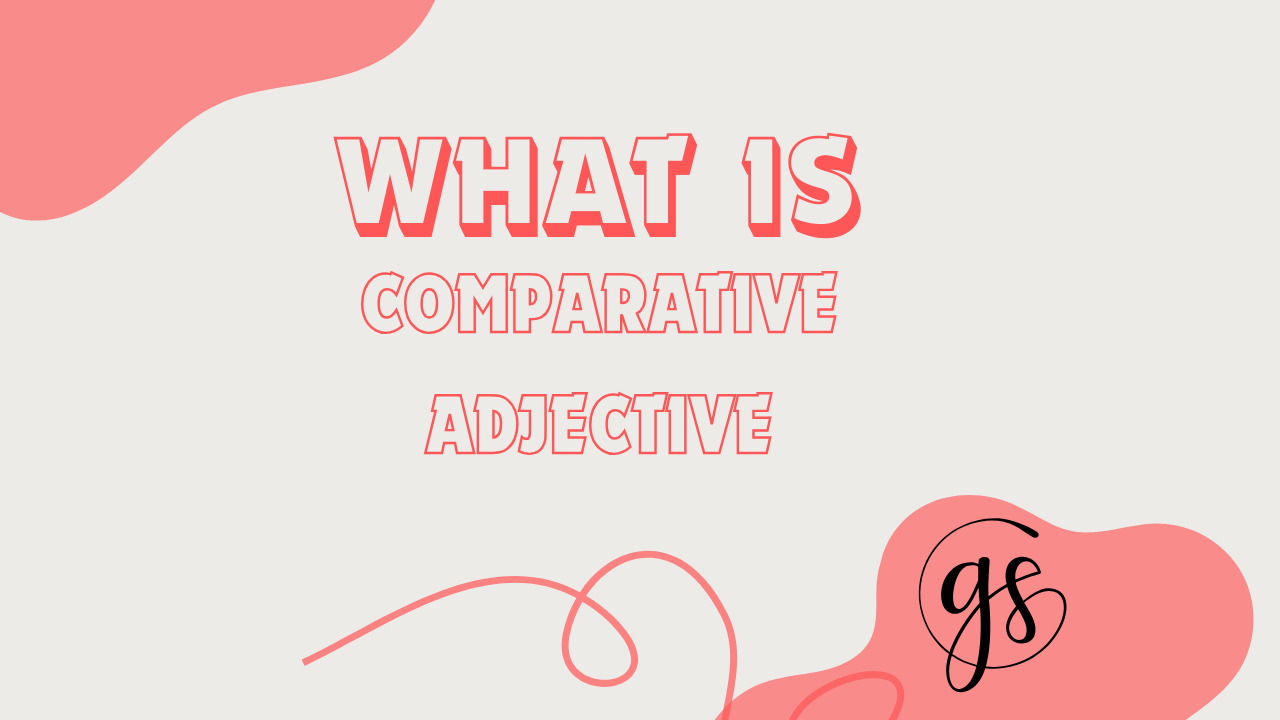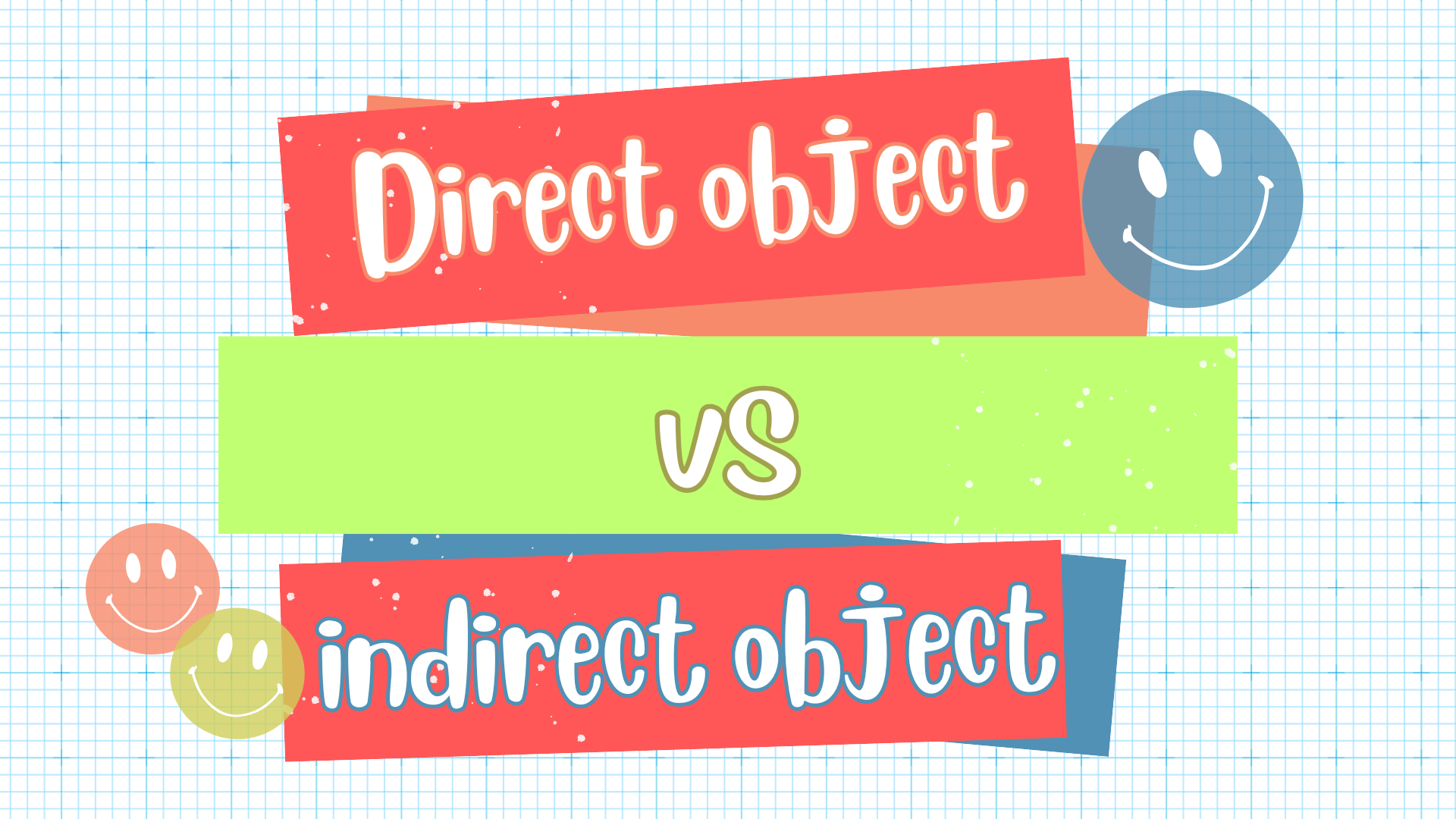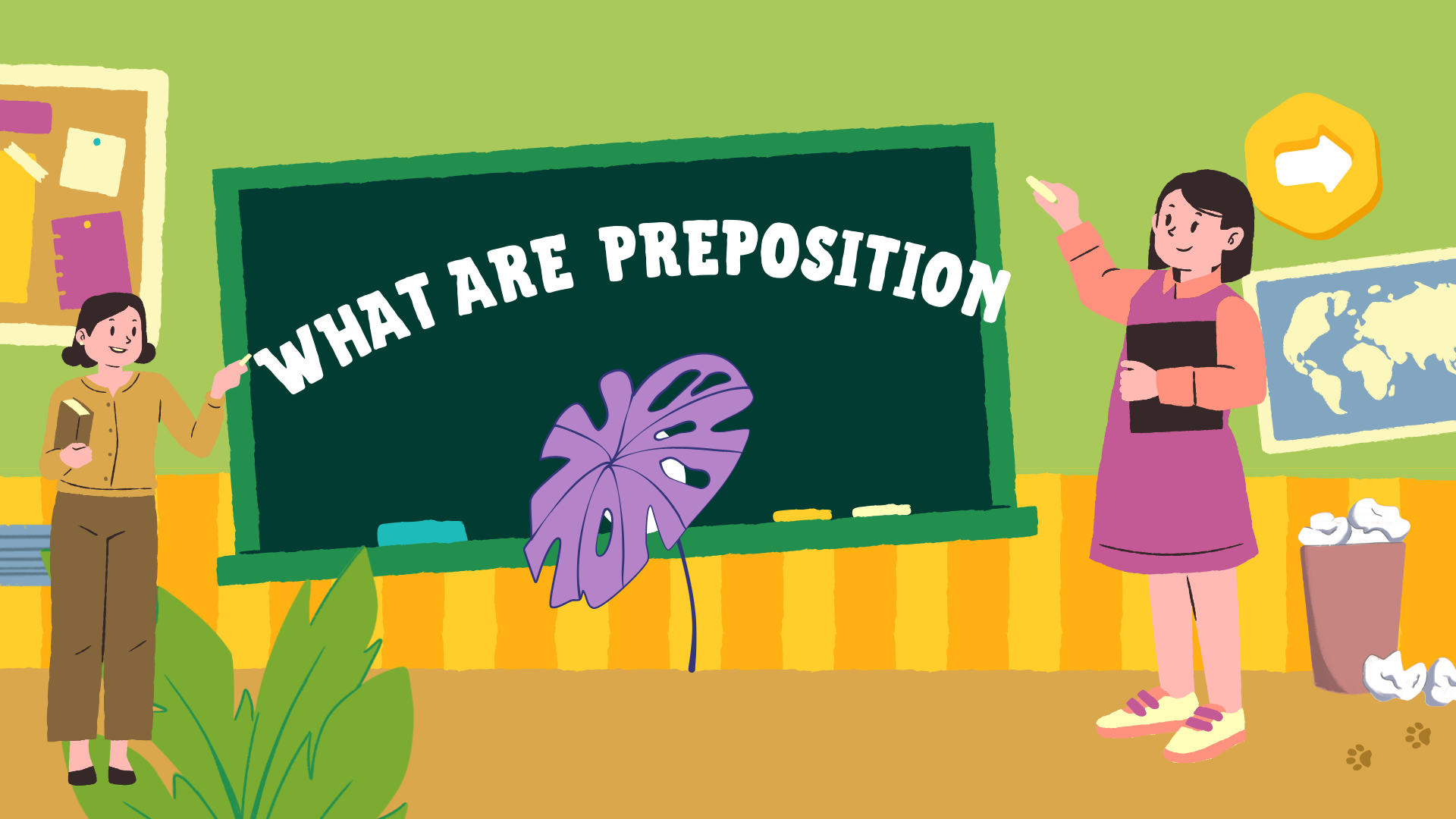Introduction
In this article we discuss about how to form adverbs (An overview) from adjectives nouns and irregular words.
Formation of Adverbs
Adverbs are important in language because they modify verbs, adjectives, or other adverbs. They help clarify sentences by explaining how actions happen. To create adverbs, you can often add suffixes to verbs. The most common suffix is -ly. For example, the verb quick becomes quickly, which shows how something is done. However, not all adverbs follow this rule some have different forms from their related adjectives or verbs.
Forming Adverbs from Adjectives
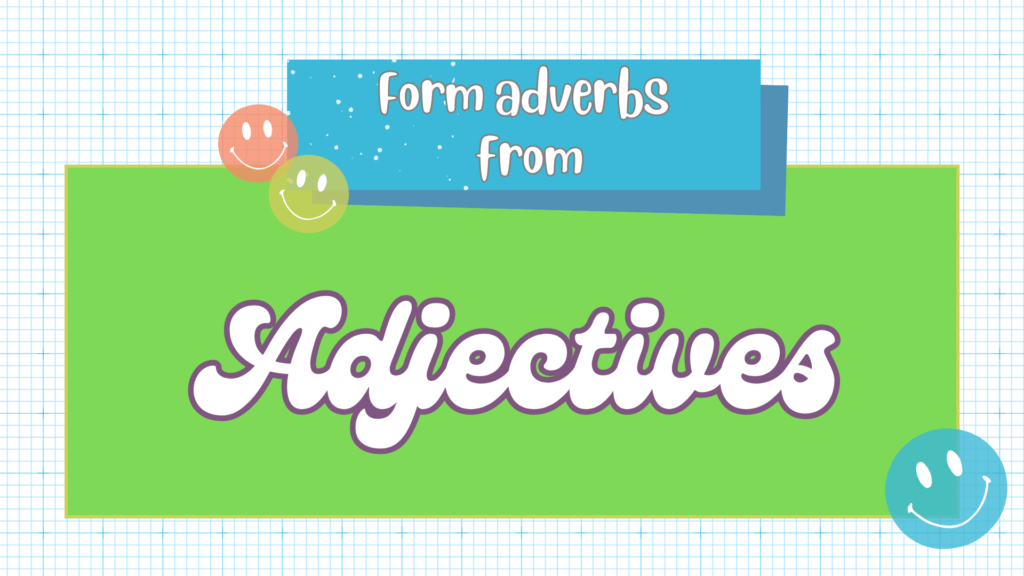
The most common way to form adverbs in English is by adding “-ly” to an adjective. This typically works when the adjective ends in -e, -y, or other consonants.
Examples:
Quick → Quickly
Happy → Happily
Careful → Carefully
Smooth → Smoothly
Exceptions:
Adjectives that end in -ly: Some adjectives already end in “-ly,” and adding another “-ly” would not be correct. In this case, we do not add “-ly.” For example, friendly (adjective) in a friendly manner (adverb), not friendlily. Adjectives ending in -ic: Adjectives that end in “-ic” typically form adverbs with “-ically” instead of just “-ly.”
Basic → Basically
Historic → Historically
Forming Adverbs from nouns

Some adverbs are formed from nouns by adding “-ly” or other suffixes. These adverbs often describe how or when something happens, based on the noun.
Examples:
Day → Daily
Year → Yearly
Month → Monthly
Adverbs of Time, Place, Frequency, and Degree:
Some adverbs express ideas like when, where, how often, or how much and are not derived from adjectives.
Examples:
always, never, often (frequency)
here, there, everywhere (place)
now, soon, today (time)
Irregular Adverbs
Some adverbs don’t follow a simple pattern and are irregular. These often have different forms or are entirely separate words from their corresponding adjectives.
Examples:
Good (adjective) Well (adverb)
Fast (adjective) Fast (adverb)
Hard (adjective) Hard (adverb)
Early(adjective) Early(adverb)
Far(adjective) Far(adverb)
Late(adjective) Late(adverb)
Note that “fast” and “hard” are both adjectives and adverbs, so they don’t need the “-ly” suffix.
Key points to remember:
The most common adverb formation method is adding “-ly” to an adjective .
Irregular forms (like well from good) do not follow the typical pattern .
Adverbs modify verbs, adjectives, and other adverbs, giving more details about how, when, where, or to what extent something happens .
Not all adverbs end in -ly, and many adverbs exist as standalone words (e.g., often, never, already).
How to form adverbs with the help of degrees of comparison
Adverbs can be formed using degrees of comparison to indicate the intensity, amount, or level of an action, quality, or state. The degrees of comparison for adverbs usually follow a pattern similar to that for adjectives: positive, comparative, and superlative. These degrees express the varying levels of intensity or degree in how actions are performed, or how qualities are exhibited
Summary of degrees of comparison for Adverbs
| Degree | Formation/Method | Example Adverb | Example Sentence |
|---|---|---|---|
| Positive | Base form of the adverb (often -ly) | quickly | She speaks quickly. |
| Comparative | Add more or less before the adverb (for -ly adverbs) | more quickly | He works more quickly than me. |
| Superlative | Add most or least before the adverb (for -ly adverbs) | most quickly | She runs most quickly of all. |
Summary
In forming adverbs can be straightforward once you understand the basic rules. Many adverbs are created by adding -ly to adjectives, transforming words like quick into quickly. It’s important to remember that not all adverbs follow this pattern; some may have unique forms or remain unchanged from their adjective counterparts. Understanding these variations will enhance your writing and help you convey your ideas more clearly. So, practice using adverbs in your daily writing to become more confident and expressive.
FAQs
1. What is an adverb?
An adverb is a word that modifies a verb, adjective, or another adverb, often describing how, when, where, or to what extent something happens.
2. How do I form adverbs from adjectives?
Most adverbs can be formed by adding “-ly” to the end of an adjective. For example, quick becomes quickly.
3. Are there exceptions to forming adverbs with -ly?
Yes! Some common words like fast, hard, and well are irregular and don’t follow the -ly rule.
4. Can all adjectives be turned into adverbs?
No, not all adjectives can become adverbs. Some may have different forms or simply don’t have an adverbial equivalent.
5. What if an adjective ends in -y?
If an adjective ends in -y, change the “y” to “i” before adding “-ly.” For example, happy becomes happily.
6. Is it possible to form adverbs without using -ly?
Yes! Some adverbs do not require the -ly ending; for instance, often, very, and too.
7. Can you give me examples of irregular adverbs?
Sure! Examples include: good (well), fast (also fast), and hard (also hard).
8. Do all languages form adverbs the same way?
No, different languages have various rules for forming adverbs; English has its own unique patterns and exceptions
